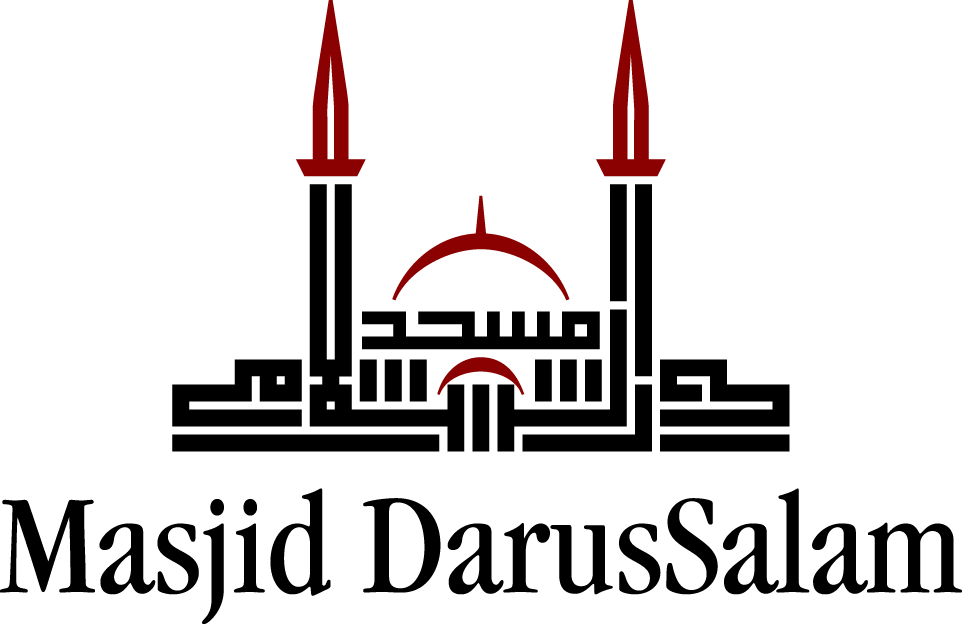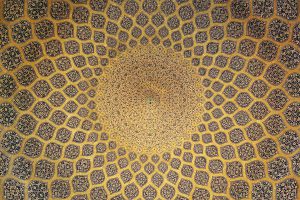Mufti Muhammad Taha Karaan (RA) on Qabd/Sadl in Salah

بسم الله الرحمن الرحيم
Question
As salamu alaykum,
I pray that mln is well. There has been a discussion on the shafiifiqh forum on irsal of the hands during the prayer according to the Shafi’is. The discussion is sitting with a question mark, and we are hoping that some guidance be given on the issue, insha’Allah.
So far it has been discussed that in Mughni al-Muhtaj v. 1, p. 311, Khatib cited Imam Shafi’i from Kitab al-Umm. His naql seems to indicate to making irsal of the hands during salah, by leaving them to the sides, as being okay if one can manage not to fidget. This is also cited by ‘Imrani is his Bayan v. 2, p. 175 (who is citing Abu Ishaq) and Shaykh al-Islam in Asna al-Matalib (Sorry, I don’t have a vol/pg number handy).
The naql is perhaps from Kitab al-Umm v. 2, p. 511, in the discussion on the Eid khutbah. This seems to be a sort of takhrij. In Mukhtasar al-Muzani p. 24, the statement is found for holding the hands on the body in the prayer. Moreover, in Nihayat al-Matlab v. 2, p. 136, Imam al-Haramayn expresses that a view was not documented in Imam Shafi’i’s books; and thus the As-hab took from Imam Muzani by means of oral transmission.
Shaykhayn have not been found discussing the topic; at least not past irsal khafif or baligh. Thus, it has been questioned as to if the naql from Abu Ishaq is a sort of tafsil on that difference?
Would you see there to be adequate credence to ascribe the view of irsal or sadl to the Shafi’iyyah based on what is related from Abu Ishaq; especially if his takhrij is from the mentioned text in al-Umm?
In a way the attribution of a view on the issue from Abu Ishaq’s side and negation of one from Imam al-Haramayn’s seems kind of inconsistent. Is there an actual difference between them, would this be a difference of hikayah?
JazakAllah khayran.
Mufti Sahib’s Answer
Wa alaykumu s-salam wa rahmatuLlah
I have not had much opportunity to take a detailed look. I believe, however, that when it comes to the nusus of Imam Shafi’i, there are two authors who one simply must consult: Bayhaqi in his Ma’rifah (unfortunately his Mabsut is not extant) and Ruyani’s Bahr. You are aware, of course, of the distinction each of them holds in respect of Imam Shafi’i’s nusus. The former was the first comprehensive collector of the nusus, and the latter could rightfully lay claim to the ability to reproduce them from memory should they all perish through fire. (Interestingly Subki says this refers not only to Imam Shafi’i’s own works but also to that of his As-hab.)
Bayhaqi (2:339) tells us that the qabd which Muzani relates appears in the Qadim, and is transmitted by Za’farani. Ruyani (2:128) contends that irsal would be makruh fi zahir al-madhhab after which he does go on to mention Abu Ishaq’s ascription to al-Umm. Abu Ishaq’s ascription might be a case of inference as you suggest, or alternatively a case of different transmissions of al-Umm. That even Ruyani seems unaware of it except through Abu Ishaq is significant.
What Khatib ascribes to Imam al-Haramayn would be more properly ascribed to Abu Ishaq. Have you seen Imam al-Haramayn state anything of the kind?
As for the status of irsal, I see 3 possible approaches:
• If one takes qabd to be a sunnah mutlaqan, without any ratiocination, irsal would be makruh in that it constitutes the omission of a sunnah. This seems to be Ruyani’s preference.
• If qabd is seen as a sunnah mu’allalah, hinging upon an illah, (and this is where Abu Ishaq goes) either option would be good provided the ‘illah of taskin al-yadayn is observed.
• Alternatively, if the view is taken that both qabd and irsal are sunnah, then there is a free choice between the two without either being makruh.
This third option does not exist anywhere in the madhhab as far as I am aware, but it has been the one that I have held in my own mind for a long time.
As for which is rajih in the madhhab, the fact that muta’akhkhirin like Khatib and Shaykh al-Islam mention Abu Ishaq’s position and appear to ignore where Ruyani stood, provides grounds for seeing this option as rajih. Compare to Ramli and Ibn Hajar, though.
Finally, what is one to make of Abu Ishaq’s ascription? If the present text of al-Umm is taken to be the only one which ever existed (which is highly questionable) then Abu Ishaq’s ascription can in no way be direct and correct. It might be indirect (in a sort of takhrij manner). If Abu Ishaq had access to a text which is no longer extant, his ascription would be both direct and correct. However, I doubt this since neither Bayhaqi nor Ruyani appears to have known of this. It is thus more probable that is a type of qawl mukharraj.
WaLlahu A’lam
Taha


